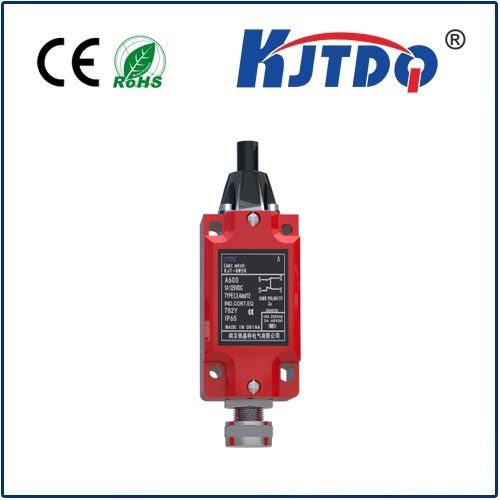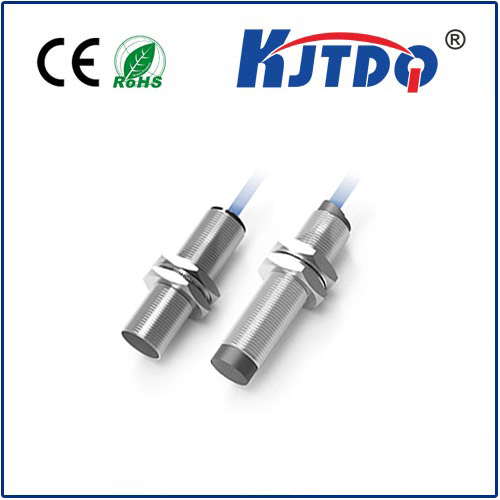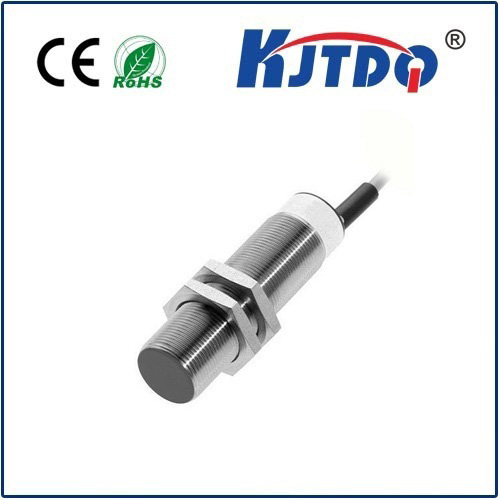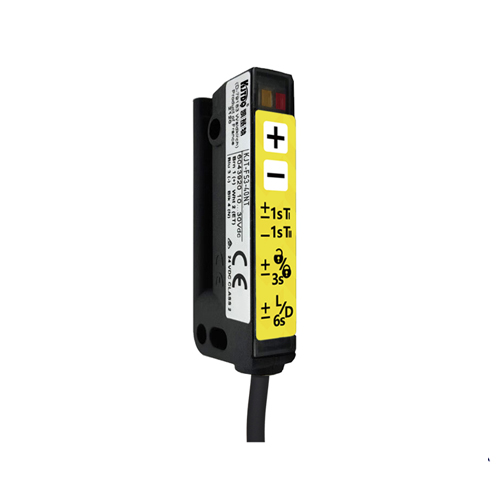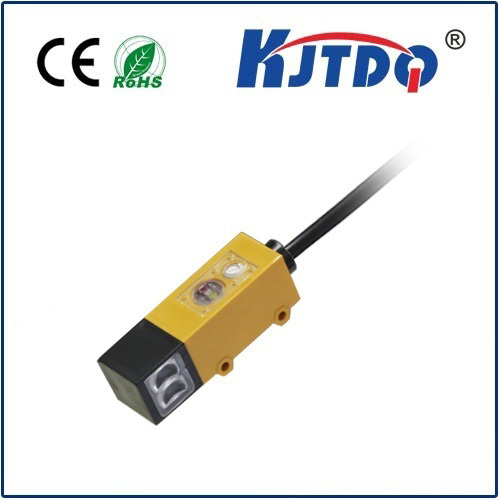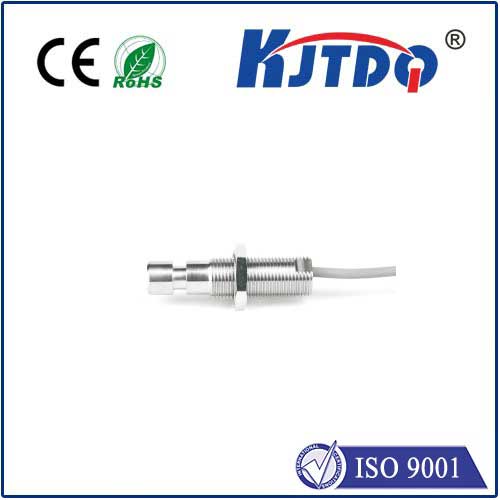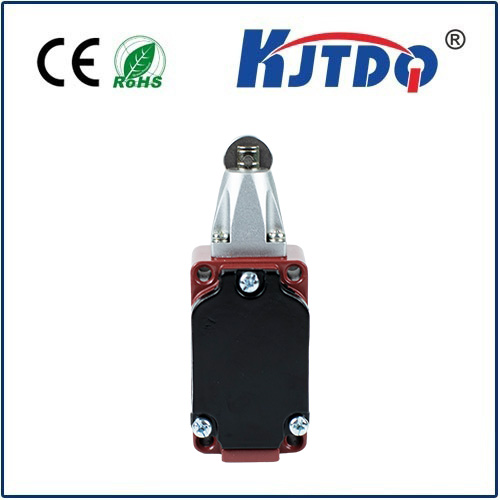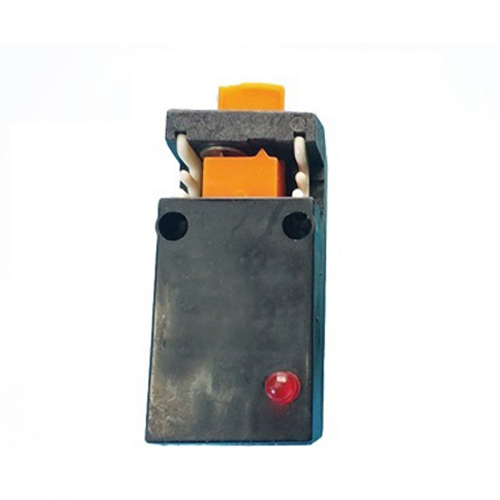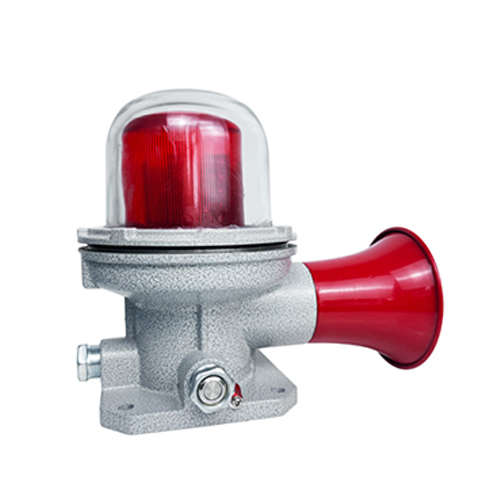

check

check

check

check
Photoelectric Sensors for Transparent Material Detection: Revolutionizing Quality Control
Introduction
In the realm of industrial manufacturing, quality control is a crucial aspect that determines the success of a product. One of the most challenging tasks in quality control is detecting transparent materials, which are often used in various industries such as automotive, pharmaceutical, and food and beverage. This challenge has led to the development of photoelectric sensors for transparent material detection, revolutionizing quality control processes.
What are Photoelectric Sensors?

Photoelectric sensors are devices that use light beams to detect objects or materials. They consist of a transmitter and a receiver, with the transmitter emitting a light beam towards the receiver. When an object or material passes through the light beam, it disrupts the beam's path, causing the receiver to send a signal indicating the presence of the object or material. Photoelectric sensors are widely used in automation systems due to their high accuracy, reliability, and ease of integration.
Challenges in Detecting Transparent Materials
Detecting transparent materials using traditional sensors can be challenging due to their low reflectivity and high transparency. Optical sensors, for example, rely on the reflection of light to detect objects. However, transparent materials do not reflect light well, making it difficult for optical sensors to detect them accurately. Similarly, ultrasonic sensors struggle with transparent materials because they require sound waves to bounce back from objects to detect them. Since transparent materials allow sound waves to pass through them, ultrasonic sensors cannot detect them effectively.
Advantages of Using Photoelectric Sensors for Transparent Material Detection
Photoelectric sensors offer several advantages over traditional sensors when it comes to detecting transparent materials. Firstly, they can detect transparent materials without any issues since they operate based on the principle of light beam interruption. Secondly, photoelectric sensors have a fast response time, allowing them to detect transparent materials at high speeds, which is crucial in industries where production rates are high. Thirdly, they provide accurate results, reducing the risk of false positives or negatives that can lead to production inefficiencies.
Applications of Photoelectric Sensors in Transparent Material Detection
Photoelectric sensors have found numerous applications in industries where transparent materials are used extensively. In the automotive industry, photoelectric sensors are used to detect windshields and windows during the assembly process. In the pharmaceutical industry, they are used to detect glass vials and bottles during packaging. Additionally, photoelectric sensors are used in the food and beverage industry to detect plastic containers and bottles during filling and capping operations.
Conclusion
Photoelectric sensors have revolutionized the way transparent materials are detected in various industries. Their ability to detect transparent materials accurately and efficiently has made them an essential tool in quality control processes. As industries continue to evolve and adopt new technologies, photoelectric sensors will remain a vital component in ensuring that products meet the highest standards of quality.
